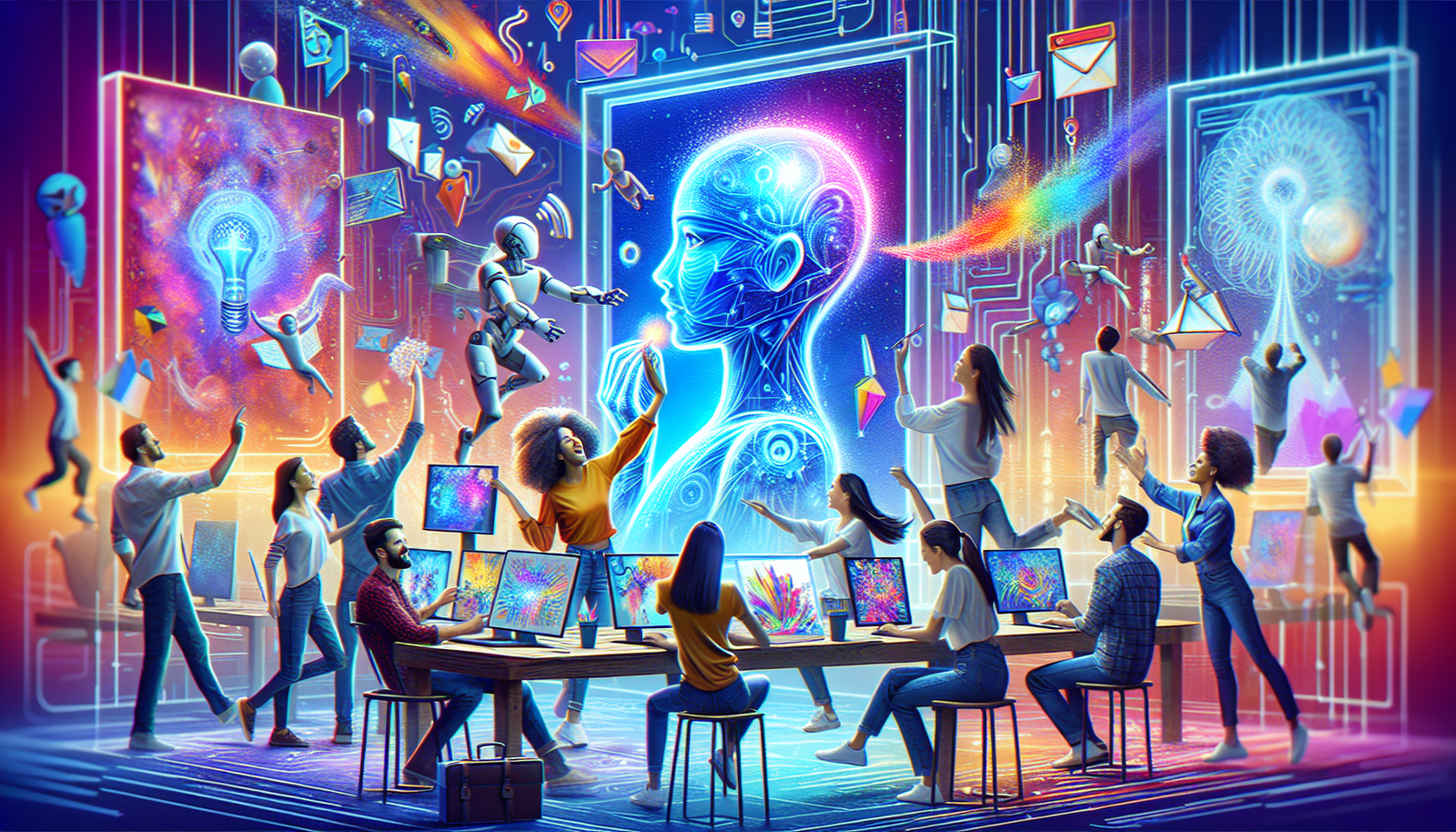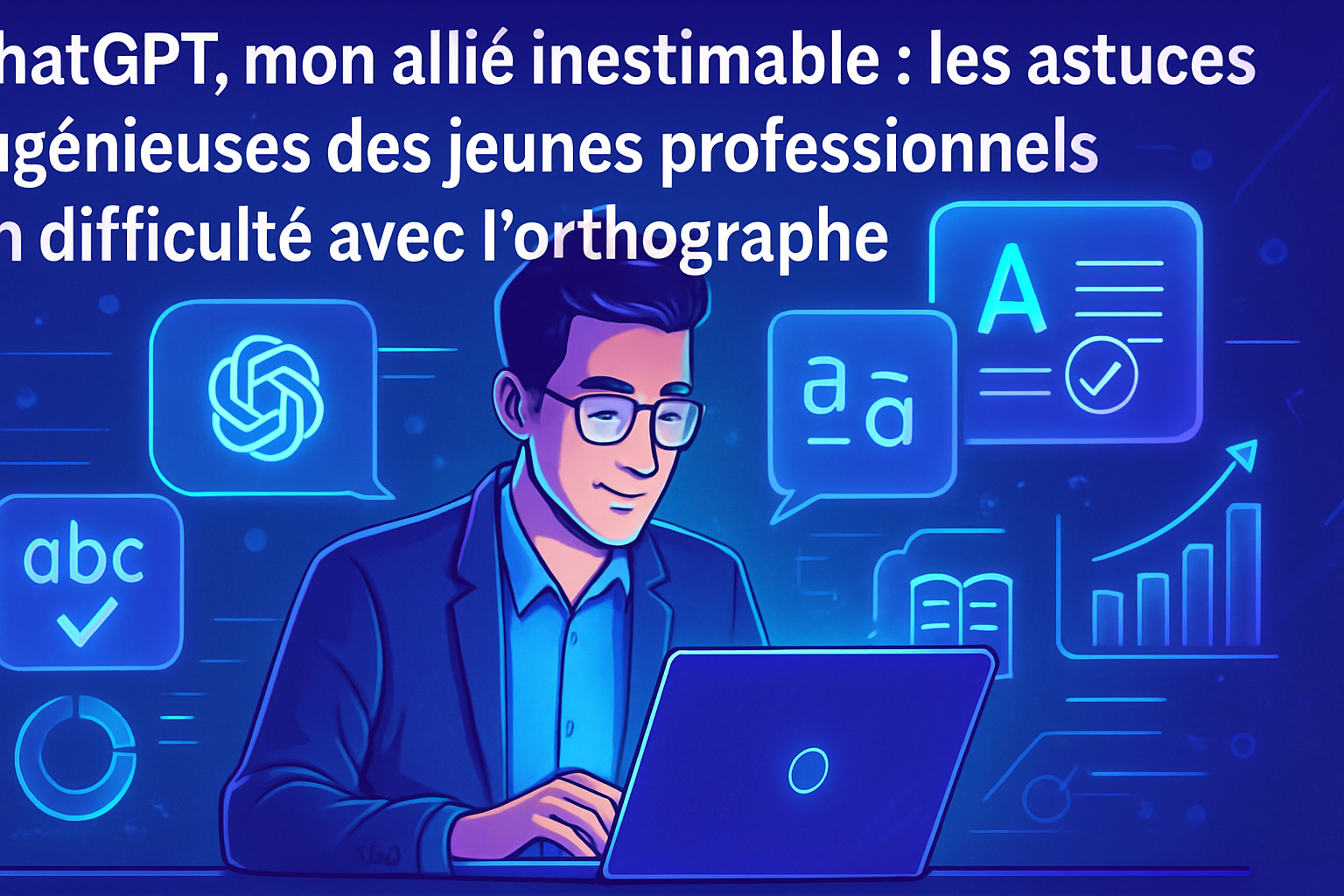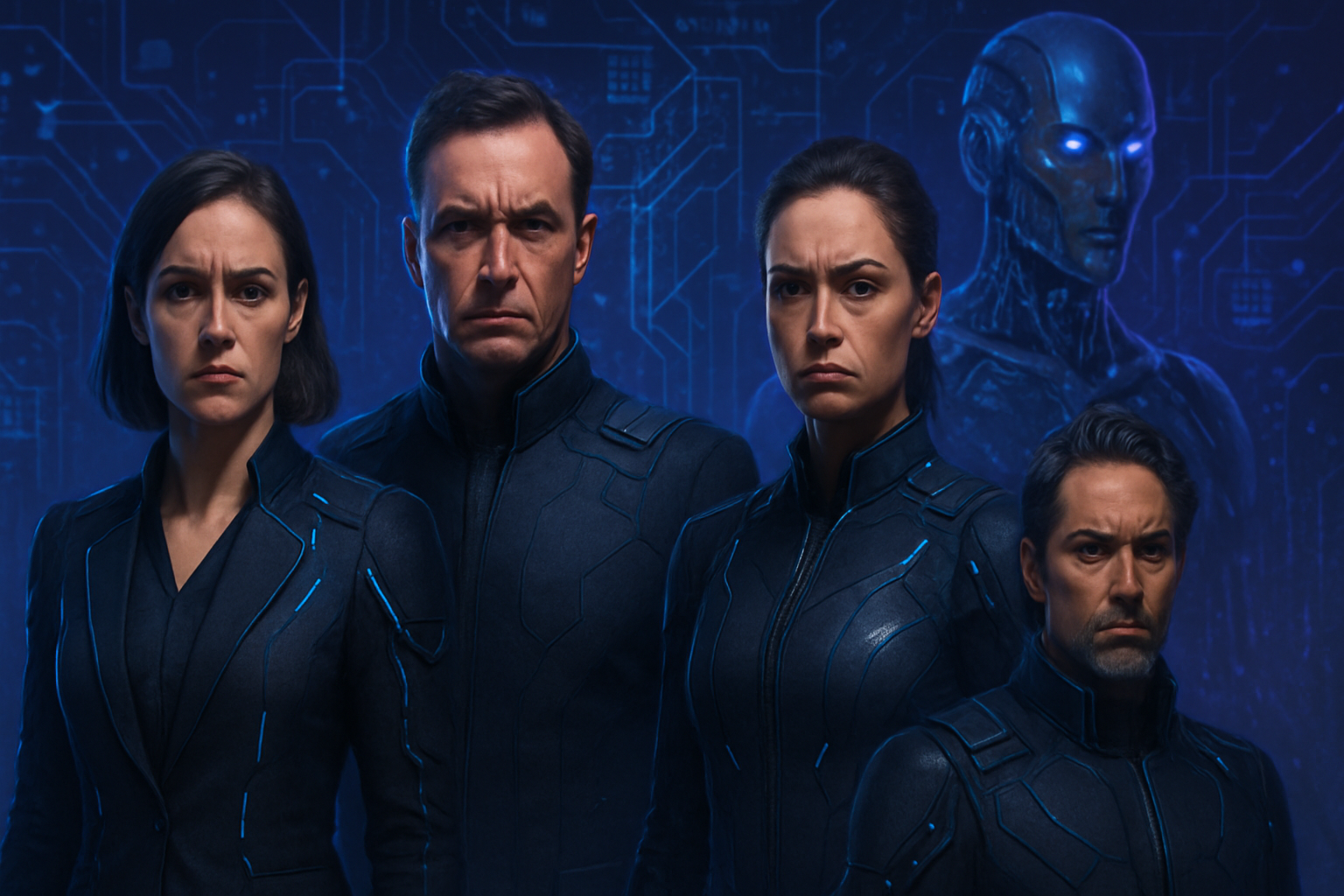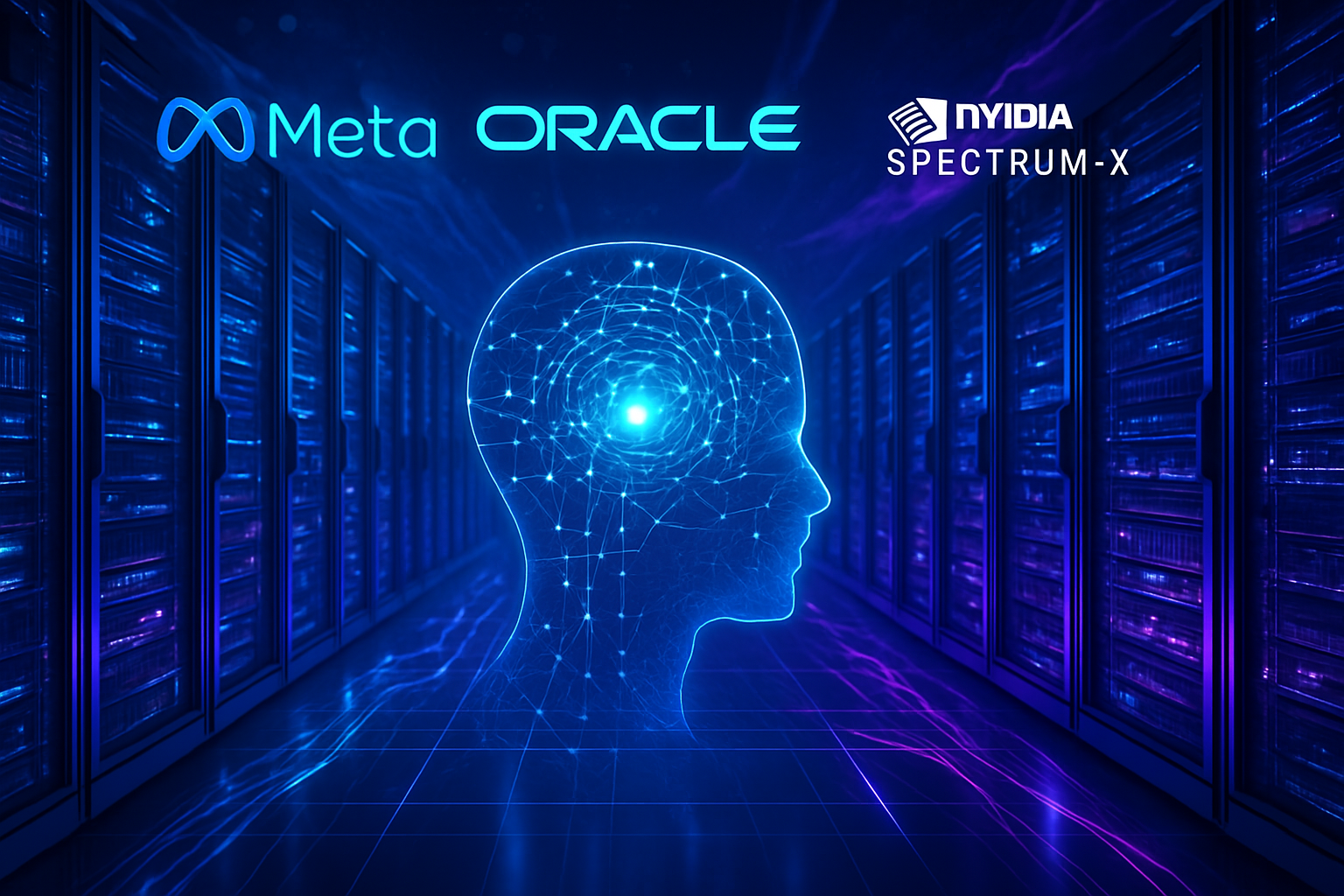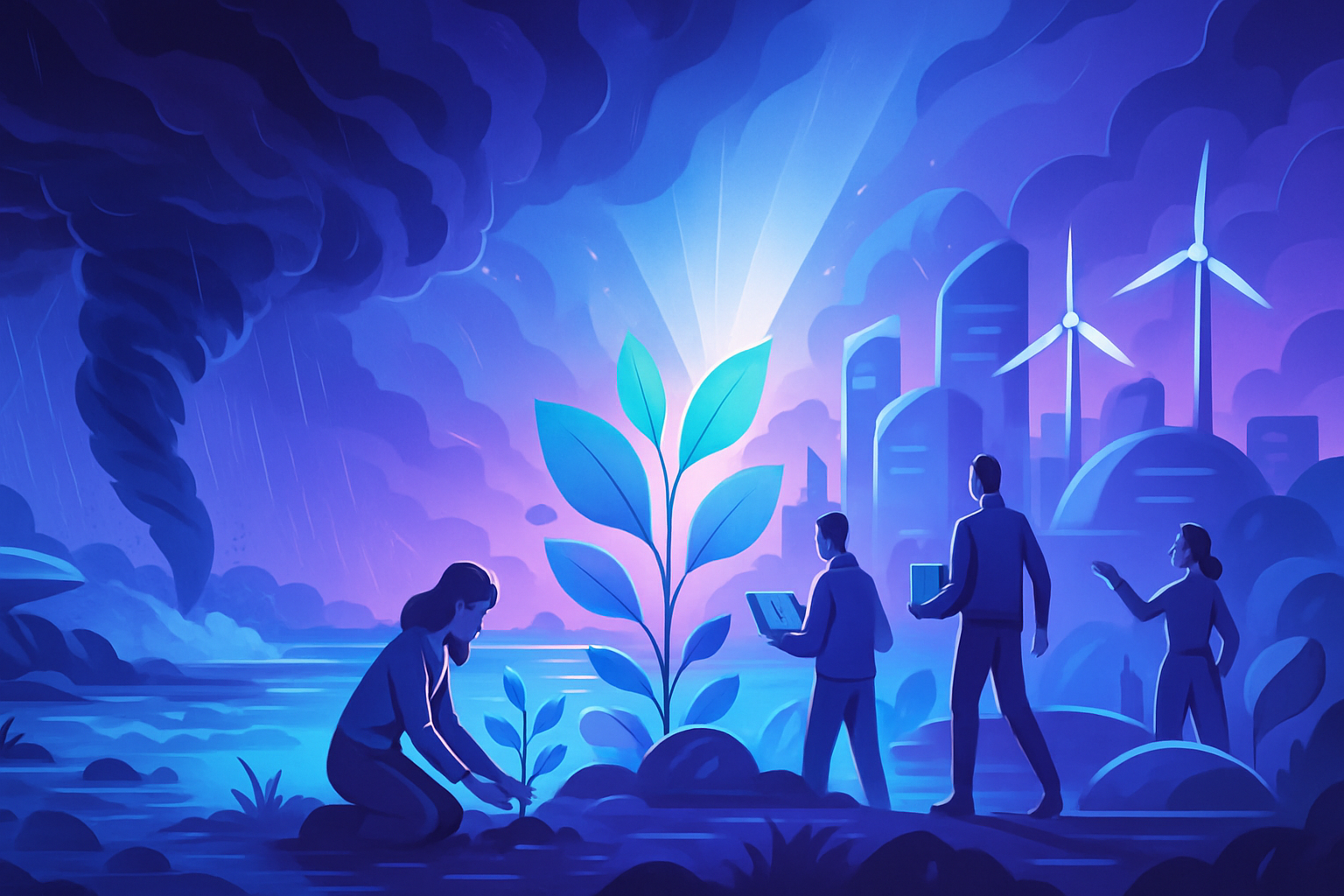The emergence of artificial intelligence *profoundly* redefines the contours of human creativity. The accessible AI tools transform every individual into a potential creator, challenging traditional paradigms. Unlimited innovation offers nearly infinite possibilities, allowing everyone to express their unique vision. This revolutionary phenomenon transcends disciplines, from art to literature, creating unprecedented synergies. Technology thus becomes *a valuable ally*, encouraging experimentation and collaboration within an increasingly dynamic creative landscape. The barriers to entry fade away and a new artistic momentum begins, calling for a deeper reflection on our relationship with creation.
The emergence of revolutionary creativity through artificial intelligence
The rise of generative artificial intelligence (AI) redefines creative practices across various fields. Tools such as ChatGPT and DALL-E illustrate the capability of machines to produce visual, literary, and musical works, thus pushing the boundaries of creativity. Every day, new technologies emerge, paving the way for possibilities once unimaginable for artists, writers, and musicians.
A growing accessibility of creative tools
Once reserved for experts, AI tools are becoming increasingly accessible to a wide audience. Platforms like Adobe Firefly and Nvidia NVLM make visual creation simple and intuitive. These technologies allow anyone, even without artistic training, to generate incredible content in just a few clicks. Machine learning plays a crucial role in this process, learning from user preferences to personalize creations.
Transformations in the artistic sector
The integration of AI into the artistic sector brings about notable changes in creation methods. For example, projects like Firefly Video by Adobe facilitate the creation of captivating video sequences. Artists, now equipped with powerful tools, can leverage algorithms to design works that captivate their audiences.
The creative industries, including fashion, advertising, and design, also benefit from this technological revolution. The personalization of creations relies on efficient algorithms, making each work unique while maintaining exceptional quality. The convergence of AI and humanistic creativity results in works that merge technique and sensitivity.
Ethical challenges and impact on creative identity
Despite advancements, ethical questions arise regarding the use of AI technologies in the creative process. The duality between human creativity and algorithmic creativity raises questions about the originality of the work. Creators must navigate a complex landscape where the influence of AI could become predominant.
The major concern remains the fear of a risk of uniformity in creations. The intensive use of algorithmic models could reduce artistic diversity. Authorities and regulators must work to ensure a balance between innovation and respect for cultural identity.
Future perspectives on creativity
Future prospects appear promising, with a growing adoption of AI across various fields. Startups, for instance, are moving towards innovative solutions that integrate AI to offer enriched experiences. The ability of machines to generate content autonomously also raises questions about how we will redefine careers in the creative sector.
Projects like Suno V4 in music or Movie Gen from Meta exemplify this dynamic in the visual realm. The evolution of these tools will continue to shape the creative landscape while stimulating human imagination.
Frequently asked questions
What is generative artificial intelligence and how does it revolutionize creativity?
Generative artificial intelligence refers to systems capable of creating original content, such as texts, images, or music. It revolutionizes creativity by offering artists and creators new tools to explore ideas that were not previously considered, thus increasing their potential for innovation.
How can AI be used in different creative fields?
AI can be used in various fields such as music, writing, design, and even fashion. For example, it can help generate melodies, write stories, design visuals, or predict fashion trends, thereby allowing creators to accelerate their creative process.
What are the benefits of AI for artists and creators?
The benefits of AI for artists include increased productivity, the ability to explore different creative directions quickly, and access to trend analysis tools that can inspire and guide their work. AI empowers creators by helping them overcome creative blocks and experiment without risks.
Does the use of AI threaten human creativity?
No, the use of AI does not threaten human creativity; rather, it complements it. On the contrary, it can be seen as a catalyst that stimulates and enables bolder creativity by offering new perspectives and resources to creators.
What is the level of accessibility of AI tools for novice creators?
AI tools are becoming increasingly accessible, even for novice creators. Many platforms and applications offer intuitive interfaces that allow beginners to explore the capabilities of AI without requiring advanced technical skills.
How does AI influence the decision-making process of creators?
AI influences the decision-making process by providing data analyses, recommendations, and insights based on market trends. This helps creators make more informed decisions about their work, whether for launching a new product or choosing an artistic theme.
What challenges do creators face when integrating AI into their work?
Challenges include understanding the limitations of AI, managing the quality of generated content, and the importance of maintaining a personal touch in their work. Creators must also navigate between using AI as a helpful tool and the risk of becoming too dependent on it.
Can artificial intelligence help create unique works of art?
Yes, artificial intelligence has the ability to create unique works by analyzing vast datasets and generating new combinations, thus offering artists innovative and unexpected creations that might never be imagined otherwise.
Can AI generate emotions through art?
While AI can create aesthetically impressive works, it cannot feel emotions. However, it can imitate artistic styles or techniques that evoke emotions in those interacting with the art, making the creative process even more fascinating.
